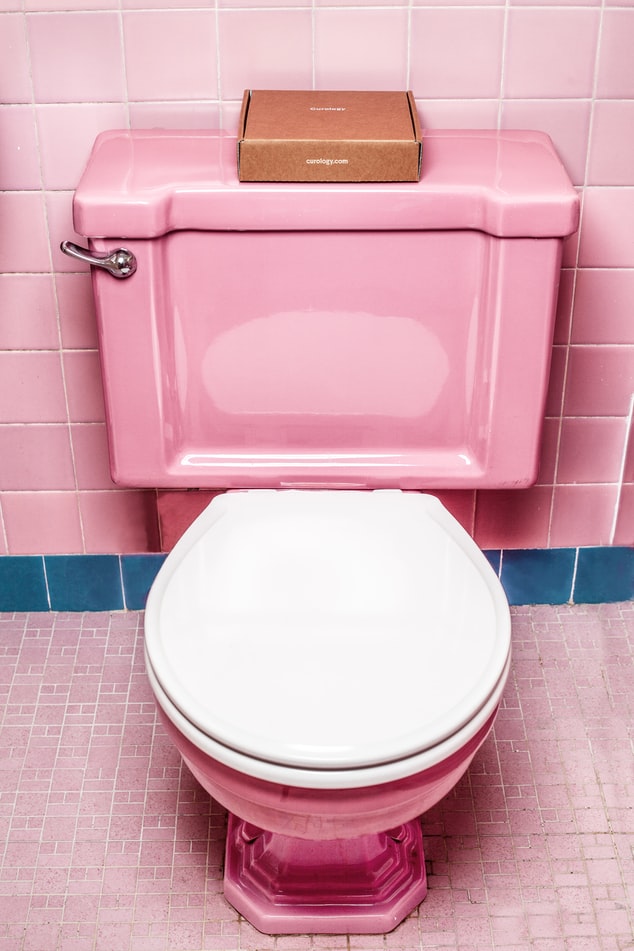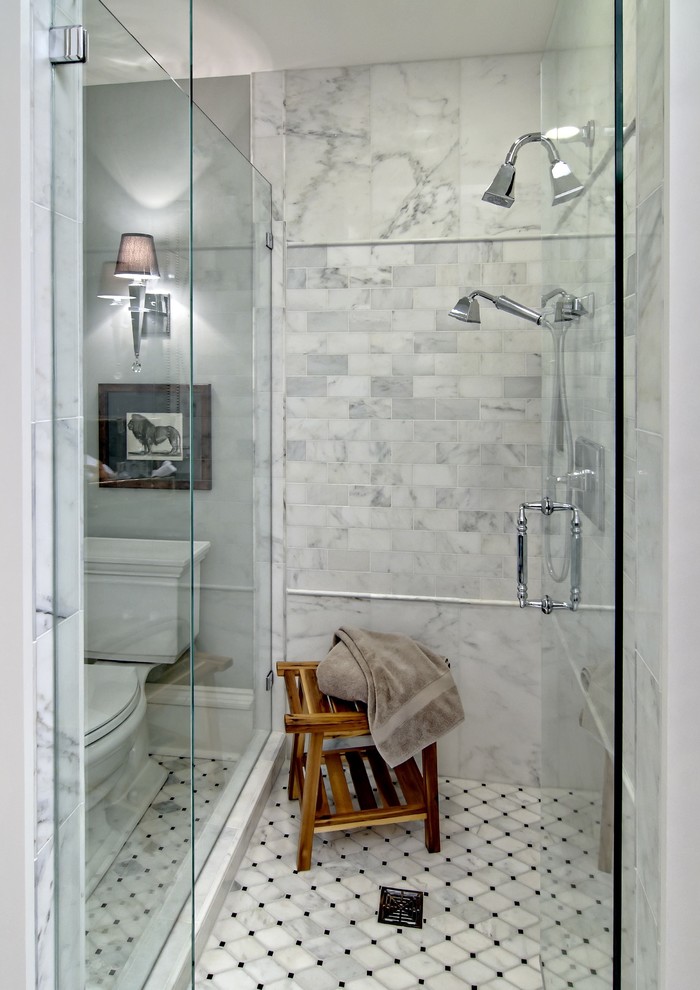Common Causes of Toilet Leaks and How to Fix It

It is true that dealing with a running toilet is not that bad as a clogged toilet. But if you leave it unchecked for a longer time, you will probably be wasting gallons of water and hundreds of dollars from your pockets!
 Photos By: Unsplash
Photos By: Unsplash
Household leaks can waste up to 180 gallons of water per week, and toilets contribute much to this. If you find your toilet running continuously, call up a nearby plumbing service immediately for service. There can be a few underlying issues with the toilet parts, which are probably causing the leaks. Identifying and fixing it early can save you a lot of time, money, and water. Here are some common causes of a running toilet and simple ways to fix it.
Faulty Flapper or Chain
The flapper is a plastic or rubber cap which prevents the water from draining from your tank. With time and use, the flappers can turn hard, which can lead to a broken seal. If the tank is not holding water or refilling correctly, it is because of a faulty flapper. Examine the flapper and check if it is soft or has turned hard. Check if the chain attached to the flapper is tangled. If you find the chain rusting, then you have to replace it soon. Inspect the flappers’ sides for jams, and check if it is aligned properly or dislodged somewhere. A dislodged and unsealed flapper can also lead to leaks that can cause toilet running.
If there are any mineral deposits accumulated in the flapper, soak it in vinegar for thirty minutes to clean it. Use a brush and clean the flapper to remove the dirt. Once it is clean, place the flapper back in the flush valve properly.
Waterlogged Floats
Check if the floats are waterlogged, as these can also lead to a running toilet. If you find water trapped in the float, then the float will stay at a lower level in the water, which will leave the float valve open. To check the float, unscrew it and shake it; if you hear water inside, then the floats are the problem. You have to replace the floats with new ones to fix the running toilet.

Float Position
This is the direct result of the water-logged floats. If the float is too high in the tank, the tank will keep filling above the overflow pipe’s limits. You can fix this by bending the rod that is connecting the float and the pump. Fix it in such a way that it stays at a lower level so that it will signal the pump to turn off sooner. If you cannot bend the arm, you may need tools to fix it, so you may have to reach out to plumbing services near you for help.
High Water Level In the Tank
The overflow tube is the one that prevents the tank from overflowing and flooding the toilet. If the float cup is placed too high, the water will seep into the overflow tube and enter the bowl, resulting in the fill valve turning on to fill up the tank. To stop this, you should lower the fill valve’s float setting and flush your toilet. Allow the tank to fill back up and check the water level. It should be around 1 inch or lower than the top part of the overflow tube.

Damaged Fill Valve
Fill valve controls the water that is flowing into the tank. If it is damaged or broken, it will no longer turn off the water supply properly. A prevalent sign of a faulty fill valve is a submerged float valve. If you find the fill valve not working, try to replace it with a new one or fix it with the help of plumbing services near you.
To replace the fill valve, close the shut-off valve and detach the water supply hose. Remove the defective fill valve and drain the remaining water in a bucket or a bin. Then install the new valve in the tank and set its height to fit your tank. Connect the supply hose to the fill valve and tighten it well. Finally, turn the water back on and allow the tank to refill.
Call The Professionals
If you were able to identify the cause for the excess flow and followed the tips to fix it but did not succeed, then it is time you reach out to professional plumbing and water cleanup services near you to help you with it.
The next time you hear leaks or find your toilet running, check if any of these is the cause. If yes, try to fix it as soon as possible or reach out to a plumber near you for a professional and timely service.









Leave a Comment